CARING WITH FAMILY
|
| The level of affection a dog breed displays towards family members and close acquaintances varies from breed to breed. While some breeds may exhibit aloofness towards everyone except their owner, others are known to be friendly and affectionate towards people they know well. |
LOVE WITH CHILDREN
Unwise
Good With Children
|
| The degree of a breed's tolerance and patience with children's behavior as well as their overall family-friendly nature is a significant aspect to consider. It is essential to ensure appropriate supervision when dogs are interacting with young children or with children who have limited exposure to canines. |
BEHAVIOR WITH DOGS
Unwise
Good With Other Dogs
|
| The level of friendliness a particular breed exhibits towards other dogs is typically referred to as its overall sociability. It is important to supervise and carefully manage interactions and introductions between dogs in all circumstances. However, certain breeds have a natural inclination to harmoniously coexist with other dogs whether it be within their own household or in public settings. |
SHEDDING LEVELS & MANAGEMENT
No Shedding
Hair Everywhere
|
| The amount of fur and hair a breed tends to shed is a crucial factor to consider. Breeds that shed heavily will require more frequent brushing to manage their loose hair and they may also pose challenges for individuals with certain allergies. Additionally, consistent vacuuming and lint-rolling might be needed to keep up with the shedding in the household. |
COAT GROOMING STANDARDS
|
| The grooming requirements of a breed including bathing, brushing, trimming, and other forms of coat maintenance should be taken into account. The frequency of these tasks may vary depending on the breed. It's important to consider the time, patience and budget you have available for such grooming needs. Regular nail trimming is necessary for all breeds and should not be overlooked. |
DROOLING INTENSITY
Less Likely to Drool
Always Have a Towel
|
| The tendency of a breed to drool is an important aspect to consider. If you have a preference for cleanliness it is worth noting that certain breeds may leave ropes of slobber on your arm or create large wet spots on your clothes. If this is a concern for you it might be advisable to choose a breed that is less drool-prone. |
COAT STYLES GUIDE |
| Double, Curly |
| COAT SPECTRUM |
| Medium |
FRIENDLINESS
Reserved
Everyone Is My Best Friend
|
| The level of friendliness a breed exhibits towards strangers is an important factor to consider. Some breeds tend to be reserved or cautious around unfamiliar individuals regardless of the setting. On the other hand certain breeds are generally more welcoming and happy to interact with new people whenever the opportunity arises. Understanding a breed's disposition towards strangers can help in selecting a dog that aligns with your preferences and needs. |
LIVELINESS
Only When You Want To Play
Non-Stop
|
| The breed's inclination towards playfulness is an important aspect to consider as it can influence the type and frequency of interactive activities your dog will enjoy. Some breeds maintain a high level of enthusiasm for play including games like tug-of-war or fetch even as they age into adulthood. These dogs tend to have a natural inclination for active and engaging play sessions. On the other hand there are breeds that are content with more relaxed activities and will happily spend most of their time relaxing with you on the couch. Understanding a breed's playfulness level can help ensure that your dog's activity needs align with your own preferences and lifestyle. |
VIGILANCE INTENSITY
What's Mine Is Yours
Vigilant
|
| The level of alertness a breed demonstrates towards strangers is an important characteristic to consider. Some breeds have a natural tendency to be highly alert and reactive to potential threats such as the presence of a stranger whether it's the mailman or a squirrel outside the window. These breeds are likely to notify their owners of any perceived intruders. However, it's important to note that with proper socialization and acceptance from their family these breeds can also become welcoming towards strangers who enter the house. |
ADAPTATION CAPACITY
Lives For Routine
Highly Adaptable
|
| The adaptability of a breed to handle change is an important consideration. Some breeds are more flexible and can easily adjust to changes in living conditions, noise levels, weather, daily schedules, and other variations in day-to-day life. These breeds tend to be more resilient and less prone to experiencing stress or anxiety in new or changing situations. On the other hand certain breeds may be more sensitive to change and may require more time and patience to adapt. Assessing a breed's adaptability can help ensure that they will thrive in various environments and circumstances. |
OBEDIENCE LEVEL
Self-Willed
Eager to Please
|
| The trainability and willingness to learn of a breed are crucial factors to consider when selecting a dog. Some breeds are known for their eagerness to please their owners and are generally more receptive and easy to train. They enjoy learning new skills and are motivated by making their owners proud. Conversely, there are breeds that are more independent-minded and may display a stronger inclination to do what they want when they want and where they want. These breeds may require more patience and consistent training to achieve desired results. Understanding a breed's trainability and willingness to learn can help in selecting a dog that aligns with your training expectations and goals. |
STAMINA LEVEL
|
| The exercise and mental stimulation requirements of a breed are important aspects to consider. High-energy breeds thrive on regular physical activity and are always eager for new adventures. They enjoy running, jumping and playing throughout the day requiring ample exercise to keep them mentally and physically satisfied. On the other hand, low-energy breeds are more content with a relaxed lifestyle and are often referred to as "couch potatoes." They are happy to lounge around and enjoy a laid-back routine requiring less intense exercise and mental stimulation. Understanding a breed's energy level can help ensure that their exercise needs align with your lifestyle and availability. |
VOCALIZATION
|
| Medium |
LEARNING CURIOSITY LEVEL
Happy to Lounge
Needs a Job or Activity
|
| The mental stimulation requirements of a breed are important to consider for their overall happiness and well-being. Purpose-bred dogs in particular may have specific jobs or tasks that require decision-making, problem-solving concentration and other qualities. Engaging their minds through appropriate mental stimulation is crucial to their fulfillment. Without sufficient mental exercise these dogs may invent their own activities which may not always be desirable or suitable for their owners or living environment. |
| COLORS |
|
Description
|
Registration Code
|
|
Brown
|
061
|
|
Chocolate
|
071
|
|
Liver
|
123
|
|
| PATTERNS | . |



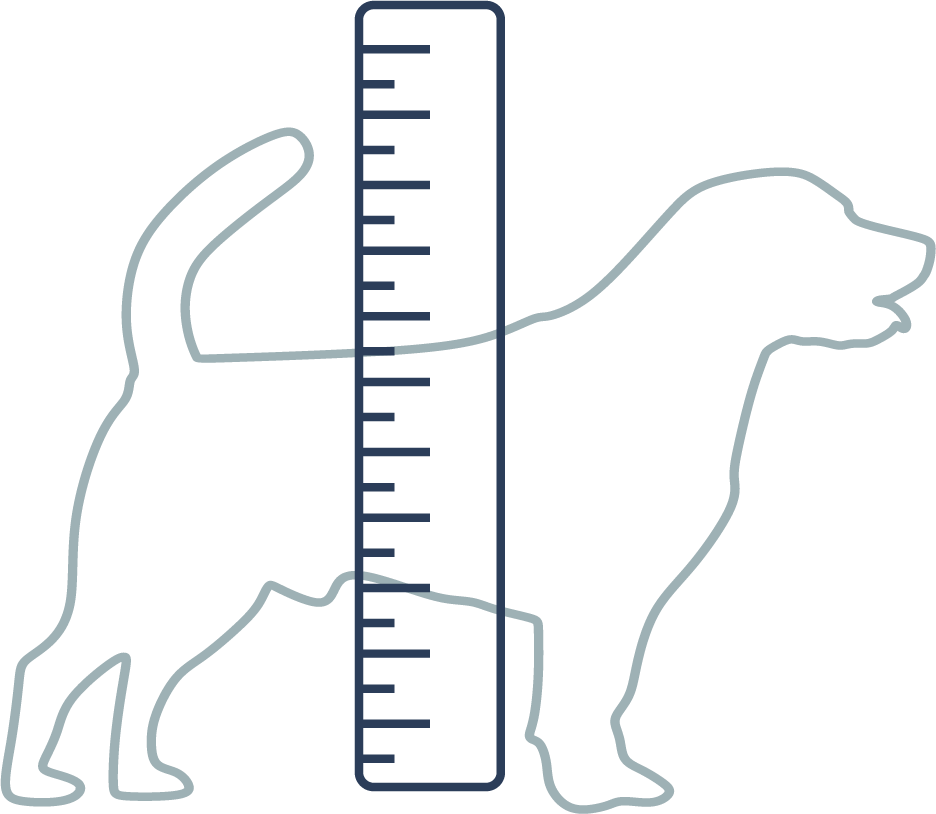


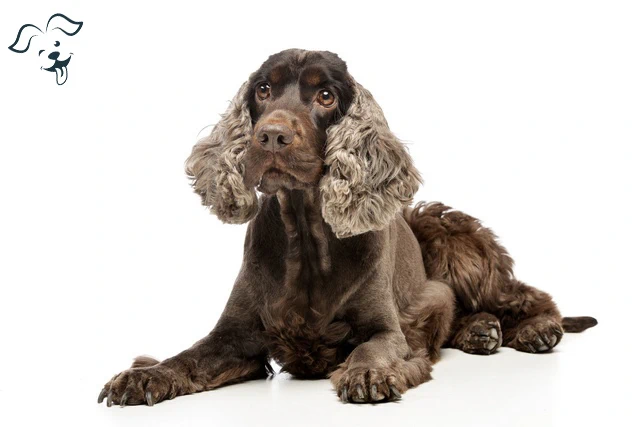
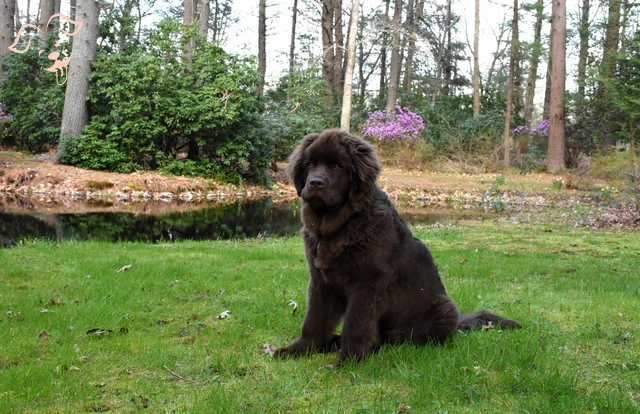
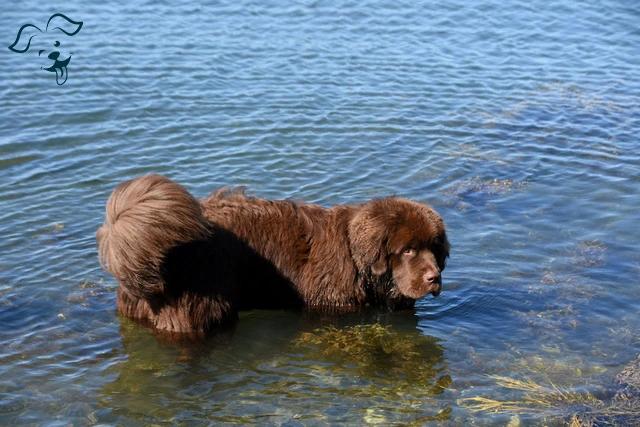
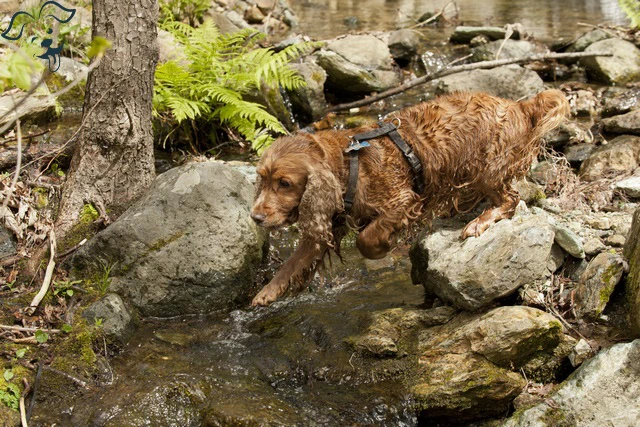









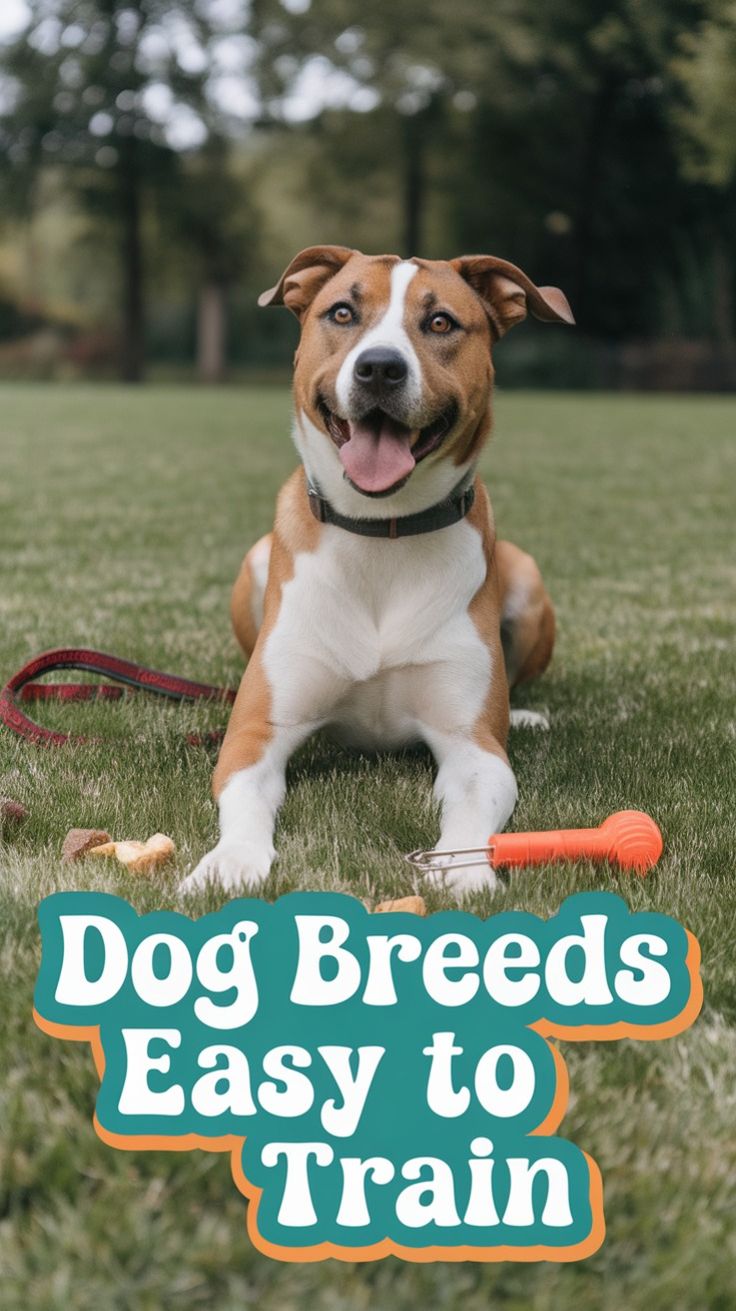
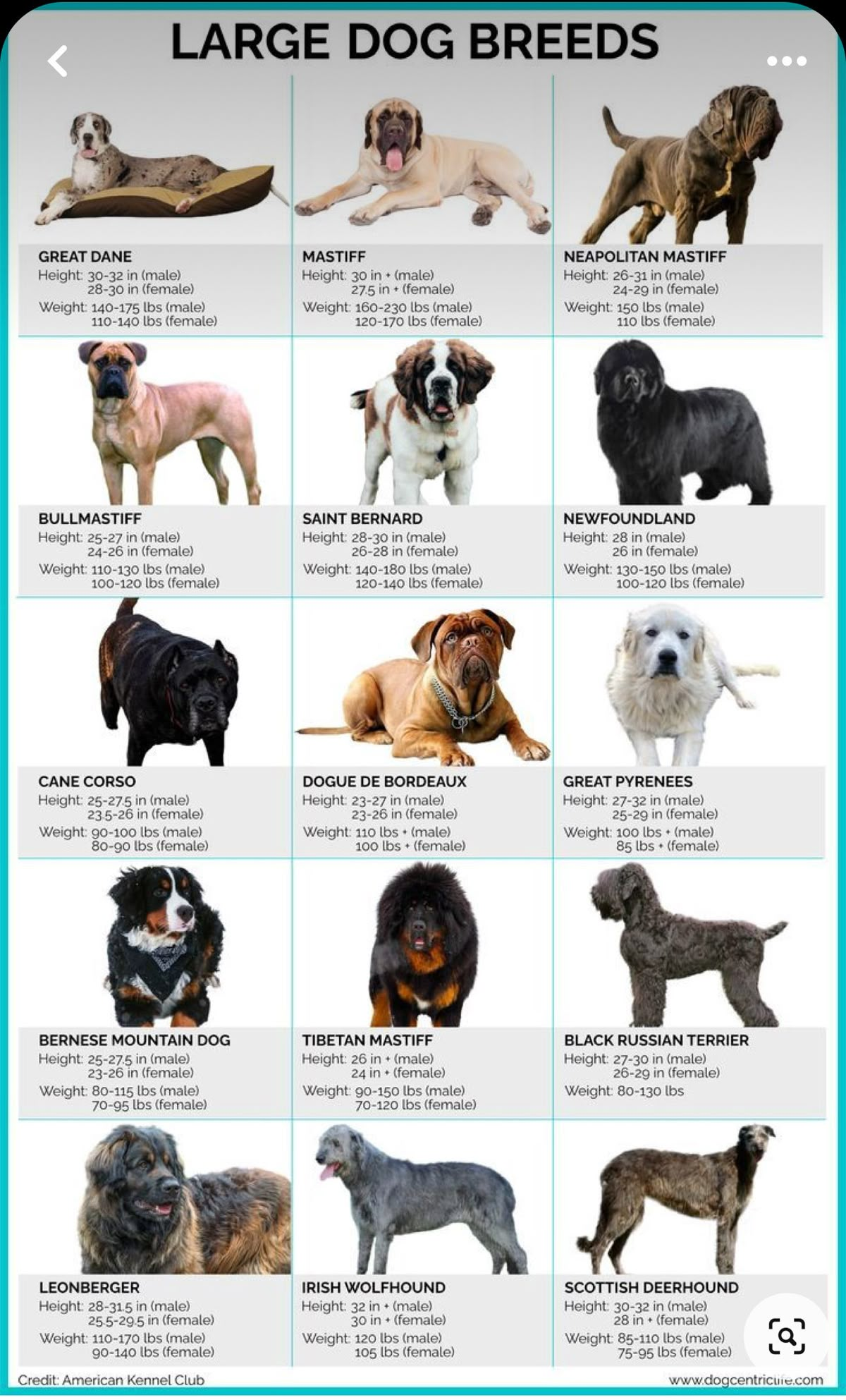

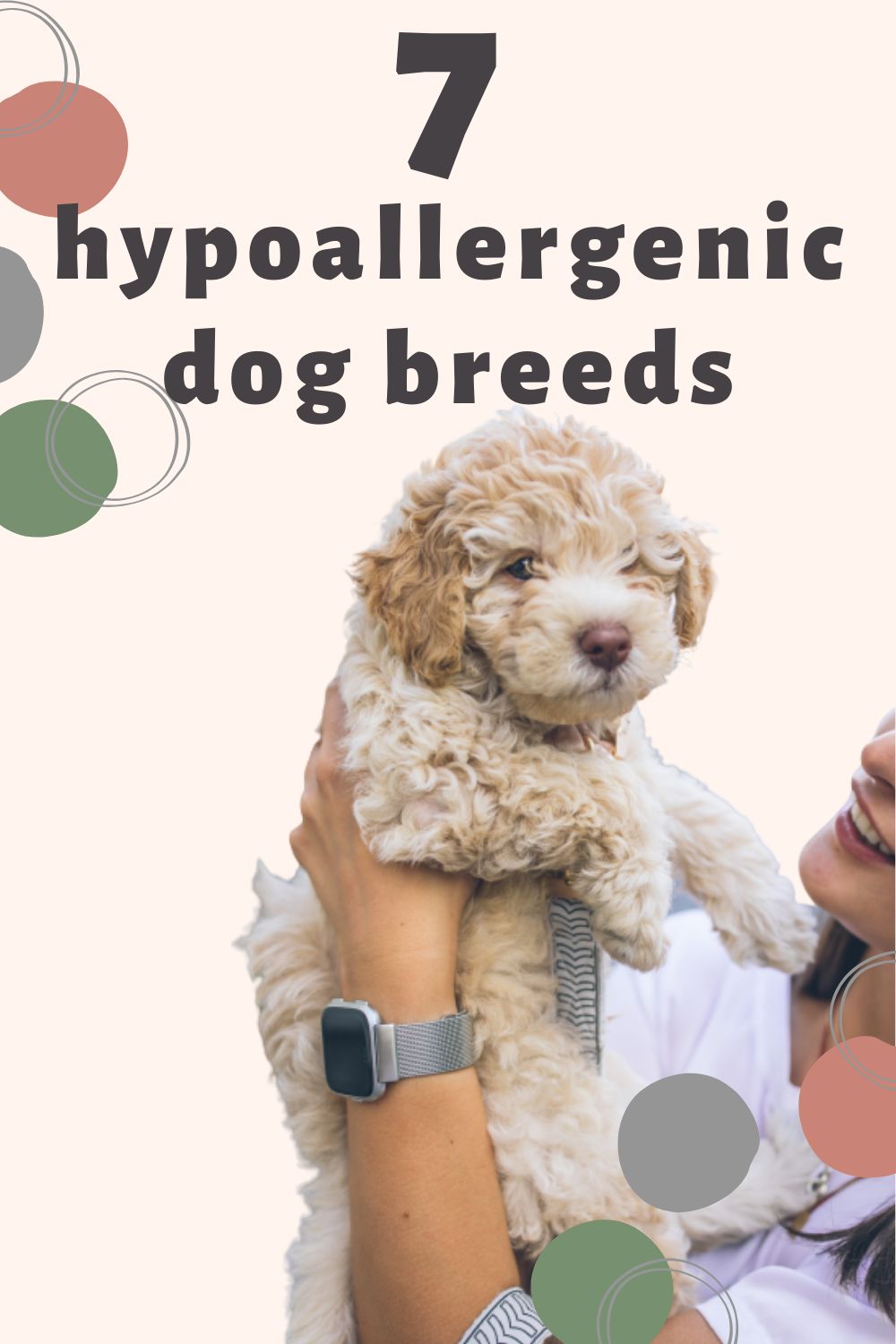




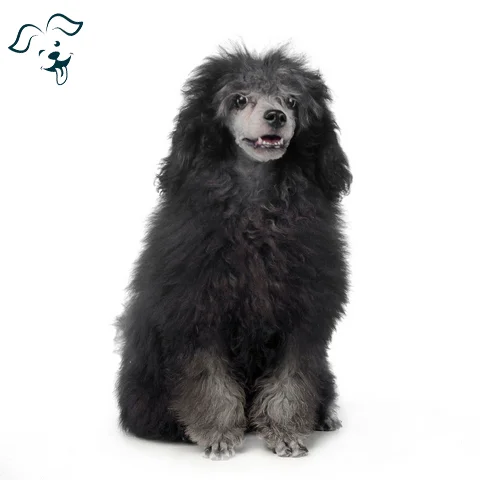

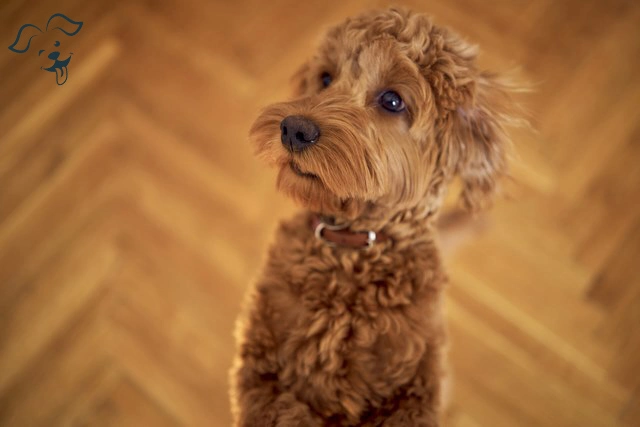
FRIENDLINESS
LIVELINESS
VIGILANCE INTENSITY
ADAPTATION CAPACITY